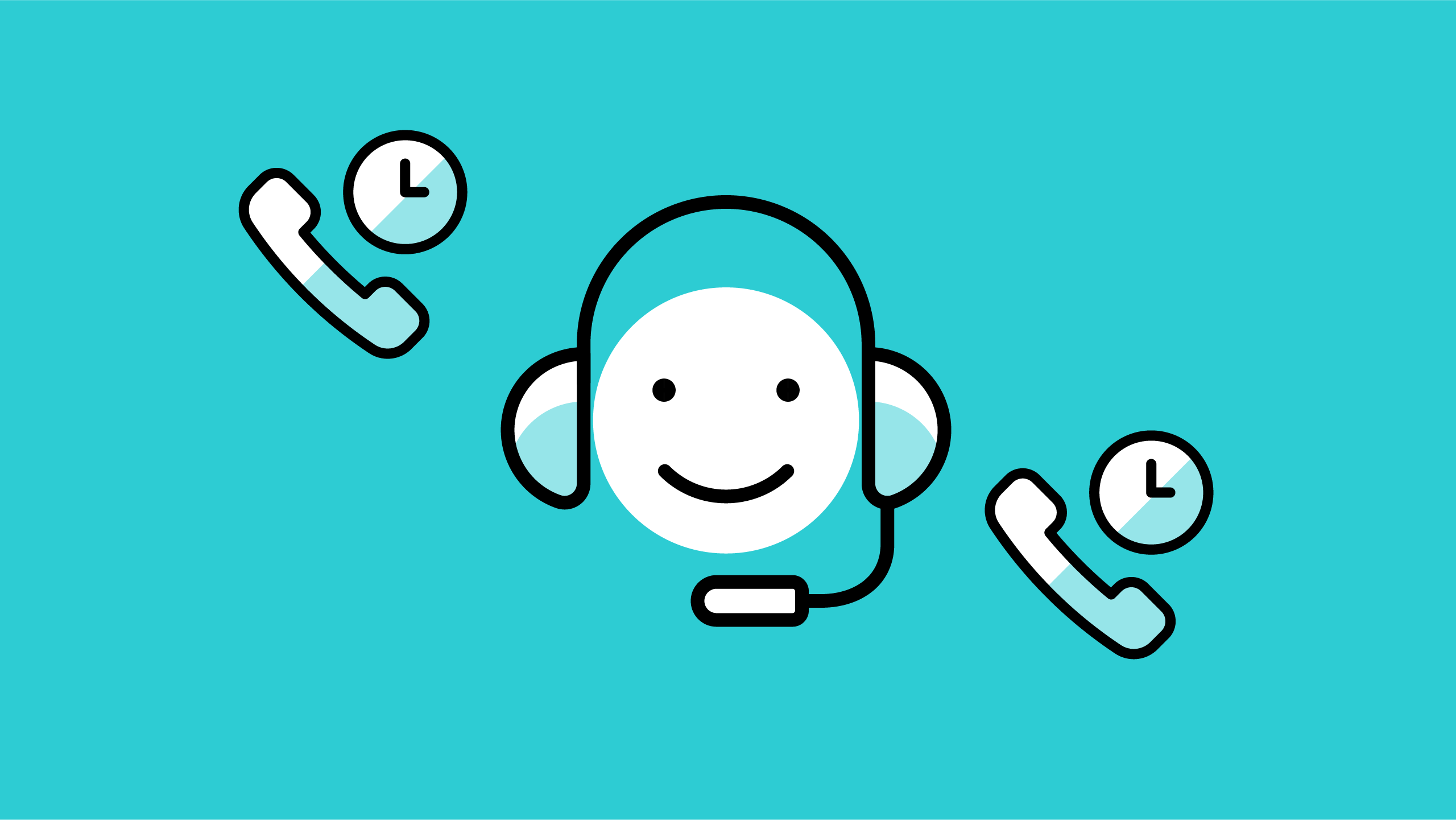
A queue callback is an efficient way to reduce abandoned calls and increase customer experience in your contact center. In this article, I’ll help you understand what it is and how you can best utilize it for your organization’s contact center.
TL;DR
- Today, callers are less patient and are quick to abandon calls during busy hours. Unfortunately, this has become harder for businesses to manage because agent turnover is even higher, a problem that was exasperated by the pandemic.
- Alternatives like a queue callback help alleviate these challenges by improving customer experience while also improving SLAs and a better interaction for the agent.
- A callback is exactly what it sounds like – callers leave a number and can receive a returning call by the next available agent.
- We recommend offering a callback option immediately after a caller enters the queue. And before the agent initiates the callback, it is important to pass along any previously-collected customer information via session data.
- If you need help with your contact center, ZIRO can make it simple and easy!
Customers nowadays tend to be less and less patient when calling in to get answers to their questions or problems.
Unfortunately, most contact centers don’t have the resources to match customer wait-time expectations. Turnover in the contact center industry has risen even higher than it was before the pandemic. Frontline contact center attrition rates have increased at an exponential rate, from a baseline average of 30 to 45% in 2015 up to as high as 65% across some verticals.
As a result, wait times have skyrocketed.
This has further increased abandon rates during peak hours or times when fewer agents are online.
Offering alternatives to waiting on hold for the next available agent will not only improve customer satisfaction but also lead to better SLAs and better customer interaction for the agent.
After all, who doesn’t dread taking the call that’s been waiting in a queue listening to the same music looping for 30 minutes?
What is a Queue Callback?
One such alternative is to offer an option for a callback. With this option, a caller can enter the number at which they want to be called and leave a short message. This holds their place in the callback queue, allowing the caller to hang up and go about their business.
Once an agent is available, they’ll hear the message left by the customer, and the system will call back the number left by the customer.
This has extended even further with web callback. Web callback is a technology where a person can enter his or her telephone number in a form on a website. The company that owns that Web site will then receive the Web Callback request and a call center agent will call the person who made the request back on the number they entered.
In Cisco Unified Contact Center Express (UCCX), the base concept for callback (or voicemail in queue as they call it) is to have the leading call center application take the callback information (phone number and the customer’s recording) and place a new call to a second call center application which does the actual queueing while the customer is away.
Meanwhile, other Contact Center as a Service (CCaaS) providers like Five9 offer callback for a number of purposes (such as sales), not just customer experience.
As you can see, there are different ways you can leverage a queue callback in your contact center. But no matter how you do it, you should make sure you do it right.
Queue Callback Best Practices
To gain the best benefits, it is best to offer the option immediately after entering the queue when specific criteria are met, such as the Estimated Wait Time (EWT) above a certain threshold or a mix of queue position and number of agents present.
It is important to pass along any customer information that may have already been collected between these two scripts, which can be done via session data. For example, if the caller had previously entered an account number and the script had fetched any relevant data in the CRM, that should be shared with the agent prior to callback.
This will ensure the agent has the full picture once receiving the callback request and avoid having to ask the customer for details they’ve already provided.
Another point to take into consideration is the position in the queue. From the point of view of the system, the call placed between the applications is a new one so that the callback would be placed at the back of the queue. This may be desired, as it would give priority to callers remaining on the phone. In some cases, however, you may want to preserve the caller’s original position. This depends on how the queues are set. If the callback requests are sent to the same queue as the caller was in, a simple formula can be used to process the call in the correct order.
Once the callback’s position in the queue reaches the delta between the caller’s position when they opted for callback and that callback’s starting position, the priority can be bumped up so that it gets handled by the next agent.
Got Questions?
Today, a queue callback is an essential part of any contact center.
If you have questions or need help with your contact center, get in touch. We won’t keep you on hold!
–
Editor’s note: This blog post was originally published on September 5, 2019.
Ready to take your unified communications from headache to hassle-free?
No throwing darts at proposals or contracts. No battling through the back-end. No nonsense, no run-around.



